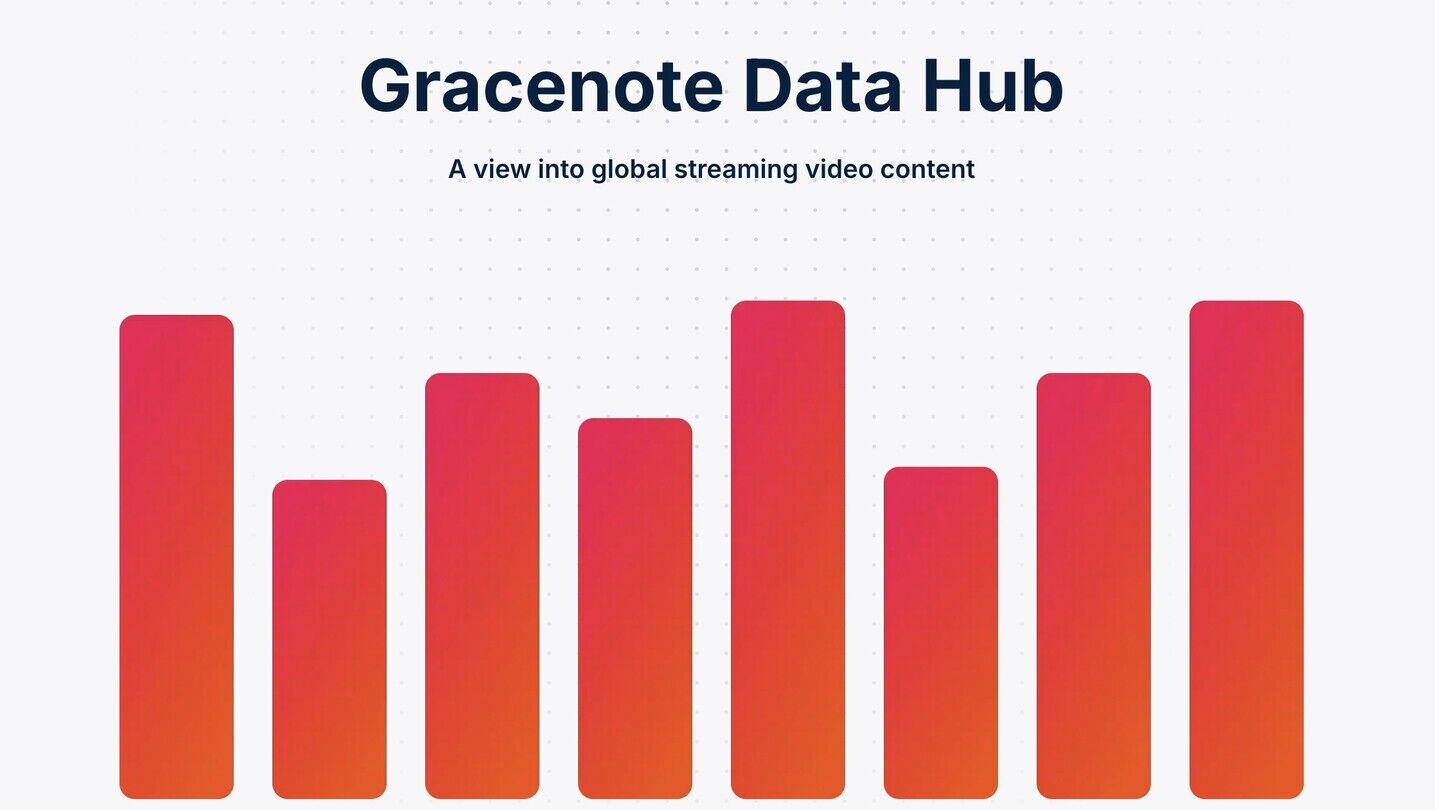Global pay TV penetration will see its first yearly decline ever next year, according to research by Ampere Analysis.
The predicted fall in global pay TV penetration – which measures the number of pay TV subscriptions relative to the number of households – will come after it peaked at 60.3% in Q4 2023.

By 2028, global pay TV penetration will have fallen by almost four percentage points by Ampere’s forecasts.
In North America, pay TV penetration has almost halved from a high of 84% in 2009 to 45% in 2023 caused by a combination of high costs and competition from the SVOD market.
Despite this decline, the annual revenue generated per user will sit at over $1,100 in 2023 across North America, the highest across any region.
Latin America has also shown large declines in penetration since 2016. This is largely led by Brazil, which has posted a drop of roughly 10 percentage points since its peak pay TV penetration of 42% in 2016.
Although North America and Latin America are driving this shift, all regions will be in pay TV penetration decline by 2025.
By contrast, Asia Pacific and Europe have seen the highest penetration growth in recent years, with large gains coming from China Mobile after it acquired an IPTV license in 2018. This growth has mostly been driven by low-cost IPTV services, which are often bundled into broadband packages for a low or nominal cost. While these regions will also fall into decline after 2025, there are still some growth markets, such as Portugal, Serbia, Hungary which are expected to see further growth in the forecast period.
Rory Gooderick, Senior Analyst at Ampere Analysis, said: “Growth in global pay TV uptake has been driven over the last five years by Asia Pacific and Central & Eastern Europe. However, declines coming from the Americas, which are driven by streaming competition and the high price of pay TV in North America, currently sitting at over $90 a month, will contribute to global pay TV penetration declining for the first time in 2024.
“However, despite the projected decline in the reach of pay TV products, cable and satellite platforms will remain a powerful force in the TV world, and important distribution partners for streaming products, as evidenced by the recent distribution deal between Disney and Charter in the US, which saw select Disney streaming services bundled into Charter’s TV packages. This package structure, already increasingly common in Europe and parts of Asia, offers a framework for traditional cable TV companies to transition their business into a streaming aggregation play, and stabilise subscriber trajectories.”
You are not signed in
Only registered users can comment on this article.

HBO Max set for March launch in UK and Ireland
HBO Max has confirmed it is set to launch in the UK and Ireland in March 2026

Luma AI to launch London office headed by Jason Day
US artificial intelligence firm Luma AI, known for its flagship generative video and imaging product Dream Machine, has unveiled plans to open its first international office in London.

Netflix to acquire WBD for $83bn
Netflix has agreed to acquire Warner Bros. Discovery (WBD) for $82.7bn (equity value of $72bn), including its film and television studios, HBO Max and HBO.

Macquarie to sell Arqiva stake for £16.5m
Macquarie Asset Management has agreed to the sale of its 26.5% stake in broadcast infrastructure firm Arqiva for £16.5m.

Banijay UK beefs up in-house post operations
Banijay UK will increase its in-house post-production capabilities by launching new facilities in London, doubling capacity in Glasgow, and investing in Manchester.




